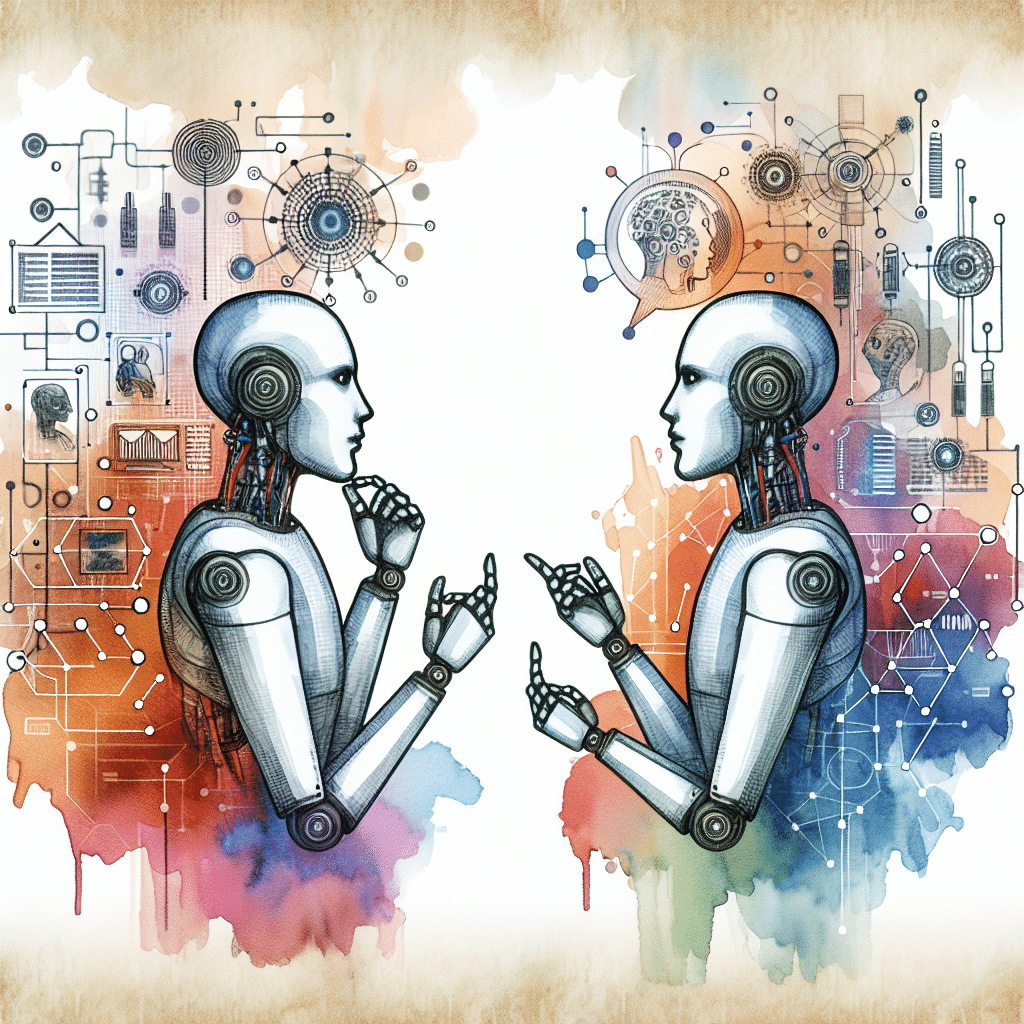As AI spreads across sectors, people face many systems to weigh like ChatGPT and Claude. Wharton Professor Ethan Mollick’s review of the current AI models helps compare key features. Examining strengths and limits can help newcomers pick what fits their needs.
Pros to using ChatGPT (the free version)
Accessible across many web and mobile platforms, ChatGPT leverages the GPT-3.5 model competently for text and chat AI conversations. It generates human-like responses to questions, finishes assignments, and even crafts creative writing when sufficiently prompted.
However, there are some constraints that affect ChatGPT’s skills. While decent at most topics, it cannot match specialized expertise or cutting-edge cognition of next-gen models. And since its dataset cuts off in 2021, ChatGPT also cannot offer fully up-to-date info on unfolding current events.
Evaluating What Makes Claude Distinct
By contrast, Claude 2.1 from startup Anthropic has unique capabilities setting it apart, including exceptional memory for retaining details across long chats alongside many additional speed bumps and guardrails to curb harmful content generation. In fact, one of the big reasons that Anthropic started its project was to counterbalance OpenAI’s decisions around the guardrails (or lack thereof) on GPT’s output.
Claud lands somewhere between GPT-3.5 and GPT-4 intelligence-wise, and strikes a balance between ethical safety, sturdy context memory, and reasonably robust language skills.
For uses like back-and-forth questionnaires or scenarios requiring retaining numerous documents’ worth of info, Claude’s ample memory outpaces ChatGPT’s more limited recall. (Note, however, that the paid version of ChatGPT offers GPT-4, which exceeds Claude on most of these benchmarks.)
Why to use ChatGPT
Because of heavy media coverage, many opt for convenience and integration with platforms they already use daily rather than adapting to new tools. Many organizations baked in ChatGPT capabilities after launch, favoring sticking with GPT-3.5’s well-known skills to avoid switching costs. For general use that doesn’t require maxing out memory or GPT-4-level smarts, ChatGPT is an excellent and easily accessible choice.
The case for Claude
That said, there are plenty of reasons you might want to pick Claude over ChatGPT depending on your exact needs and risks. Its long memory context is a huge benefit if you need to conduct length chats without repeating the context manually over and over again. Ethics-wary groups may prefer Anthropic’s focus on preventing AI verbal missteps. In the absence of access to elite models like GPT-4, Claude provides capable intermediary smarts for the especially memory-intensive or risk-averse.
Whether trendy ChatGPT or specialized Claude makes the most sense depends greatly on assessing particular requirements against each system’s advantages. While ChatGPT’s widespread name recognition and easy availability can offset its limitations for general use, Claude offers responsible design and huge benefits if you’re in an edge case where you need more memory or risk management.
In short, ChatGPT is still an easy, effective choice – but if you want to try a free competitor with excellent performance and higher guardrails, Claude is worth a shot.

